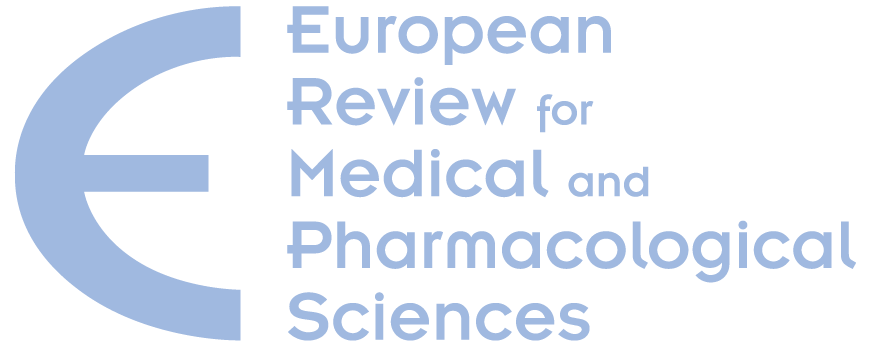From the maternal uterus to the “uterus device”? Ethical and scientific considerations on partial ectogenesis
S. Zaami, G. Gullo, M.C. Varone, F. Umani Ronchi, G. Montanari Vergallo Department of Anatomical, Histological, Forensic, and Orthopedic Sciences, Sapienza University of Rome, Rome, Italy. simona.zaami@uniroma1.it
The article aims to elaborate the progress made in partial ectogenesis research on sheep as well as human embryos. Since the ban on embryos experimentation after the 14-day window is a major roadblock in terms of partial ectogenesis research, the authors have weighed the possibility that such a ban could be reconsidered. In favor of easing such a restriction, it may be argued that: (a) unlike the Catholic approach, prevalent ethics precepts hold that the embryo’s interest ought to be balanced against the interests of the other parties involved; (b) an extension of the 14-day deadline would no longer make ethically untenable practices acceptable; hence, the “slippery slope” argument, although generally worthy, would not conclusively apply to partial ectogenesis; (c) in mainstream embryo research efforts, there is a conflict between the lives of embryos and the health of individuals already born; as for partial ectogenesis, however, such a conflict would be between the lives of embryos and the lives of fetuses which would not survive otherwise. Still, in light of the embryo’s status as a human being, the authors conclude that such research practices should only be allowed on supernumerary embryos.
Free PDF Download
This work is licensed under a Creative Commons Attribution-NonCommercial-NoDerivatives 4.0 International License
To cite this article
S. Zaami, G. Gullo, M.C. Varone, F. Umani Ronchi, G. Montanari Vergallo
From the maternal uterus to the “uterus device”? Ethical and scientific considerations on partial ectogenesis
Eur Rev Med Pharmacol Sci
Year: 2021
Vol. 25 - N. 23
Pages: 7354-7362
DOI: 10.26355/eurrev_202112_27429
